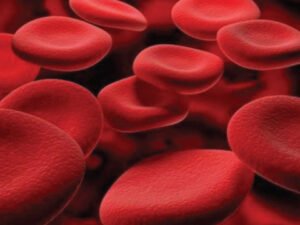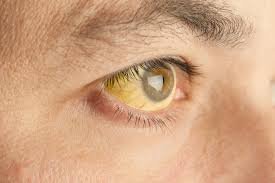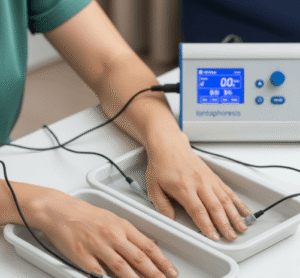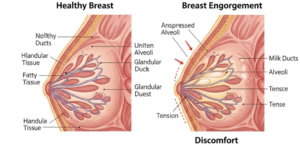As Korea faces growing challenges in youth health — from mental stress and body image issues to rising rates of obesity and lifestyle diseases — schools are responding by expanding health education programs across the country. These programs go beyond traditional hygiene and nutrition lessons, aiming to cultivate lifelong habits of wellness, resilience, and awareness in students.
In 2025–2026, you’ll find Korean schools integrating mental health literacy, body image education, nutrition, physical activity, and preventive care into everyday learning. These efforts reflect a shift from reactive interventions to proactive, holistic care in youth development.
Why Health Education Matters Now
Several pressures are driving this expansion:
- Academic stress and mental health: Korean students endure very high academic demands, and mental health concerns — anxiety, depression, burnout — are becoming more widely recognized.
- Diet and lifestyle changes: Western diet influence, sedentary life, and screen use increase risks of obesity, metabolic syndrome, and poor posture.
- Body image and social media: Teenagers increasingly compare themselves online, leading to dissatisfaction, unhealthy dieting, or cosmetic interventions.
- Disease prevention focus: With Korea’s aging population, preventing future chronic disease begins early — health habits in youth translate to lower burden later.
- Global health education trends: Countries around the world emphasize health literacy as a core competency in education.
Korea’s approach is not just adding health classes — it’s weaving wellness into the school environment, curriculum, and ethos.
Key Components of Expanded Health Programs
Mental Health Literacy and Well-Being
Schools are increasingly adopting mental health literacy (MHL) programs, teaching students how to recognize emotional stress, support peers, and access help. Programs developed for Korean classrooms train teachers to guide mental health discussions.
These lessons help reduce stigma and empower students to speak up early when they struggle.
Body Image and Self-Image Education
The BodyThink program, used by school health nurses, is one example. After intervention, students showed better body image, lower depressive symptoms, and healthier attitudes toward cosmetic surgery.
By addressing appearance pressures and media influence directly, schools aim to buffer youth from harmful comparisons.
Nutrition and School Meal Education
Korean schools have long maintained meal programs, but now nutrition education is expanding to teach students about balanced diets, reading labels, and mindful eating.
Lessons may include workshops on how the meals are prepared, the sources of ingredients, and the health impacts of food choices.
Physical Activity and Movement Integration
Rather than only offering gym class, many schools integrate movement breaks, dance, stretching, or short active learning sessions into daily schedules. This counters long sitting times and supports physical and mental health.
Health Monitoring and Preventive Screenings
Some schools pilot health monitoring systems to track student wellness and nutrition over time. Technologies such as apps and sensors are being explored for long-term tracking and predictive care.
These systems can alert school health staff when a student may need intervention — for example, sudden weight change, poor sleep patterns, or nutritional risk.
Examples and Success Stories
In high schools, mental health education programs have been introduced to help students cope with academic pressures. A survey of student satisfaction revealed that they appreciate courses helping them manage stress and emotional challenges.
The BodyThink intervention improved emotional health measures among adolescents in participating schools.
Schools have strengthened their nutrition curriculum by connecting students with the origins of their school meals, promoting interest in healthy cooking and awareness of ingredients.
These examples show that health education is already moving from pilot to mainstream in Korea.
Challenges and Barriers
Implementing wide, effective health programs is not without difficulty:
- Teacher training and capacity: Many educators lack training in mental health, nutrition, or preventive care, making effective delivery a challenge.
- Curriculum overload: With heavy academic demands, finding time for health lessons is tough.
- Resource and funding gaps: Some schools in rural or low-income areas may lack budget, facilities, or support staff to run advanced health programs.
- Stigma and culture: Talking openly about mental health or body image may face cultural resistance or reluctance from parents.
- Evaluation and consistency: Ensuring programs are result-oriented, standardized, and sustained over years takes effort.
Despite these barriers, many schools are moving forward with creative solutions and partnerships.
Tips for Schools and Education Websites
If you’re running a clinic, educational site, or collaborating with schools, here are ideas to support this expansion:
- Develop teacher training modules on mental health, nutrition, and body image, with practical activities.
- Offer school health toolkits that include presentations, worksheets, and digital assets.
- Partner with health professionals such as dietitians or psychologists to guest-lecture or mentor school programs.
- Measure outcomes — track student attitudes, mental health scores, BMI changes, or program satisfaction to iterate and validate impact.
- Promote health education awareness via media, parent workshops, and school community events.
- Localize content — adapt lessons for rural versus urban schools, or customize for different grade levels.
Your website can become a resource hub for curriculum ideas, successful case studies, or health education templates tailored to Korean schools.
What’s Next: Trends to Watch
- Schools may integrate AI-powered mental health screening tools that identify students at risk based on surveys or patterns.
- Health programs may become mandatory parts of the national curriculum, not optional electives.
- Blended digital health education platforms — apps, platforms, or virtual reality tools — could enhance lessons.
- Cross-sector partnerships — healthcare providers, NGOs, government agencies — may expand programs beyond schools into communities.
- More longitudinal studies will likely evaluate the long-term health impacts of school-based health education.
Conclusion
Korea’s education system is evolving — not just in test scores and technologies, but in health and well-being. By expanding health education programs in schools, Korea is investing in a generation that is more aware, resilient, and empowered to lead healthy lives.
These efforts signal a shift: health is not a side subject, but a core part of learning and growth. With the right training, tools, and commitment, health education programs can help students not only survive but thrive in body, mind, and spirit.













